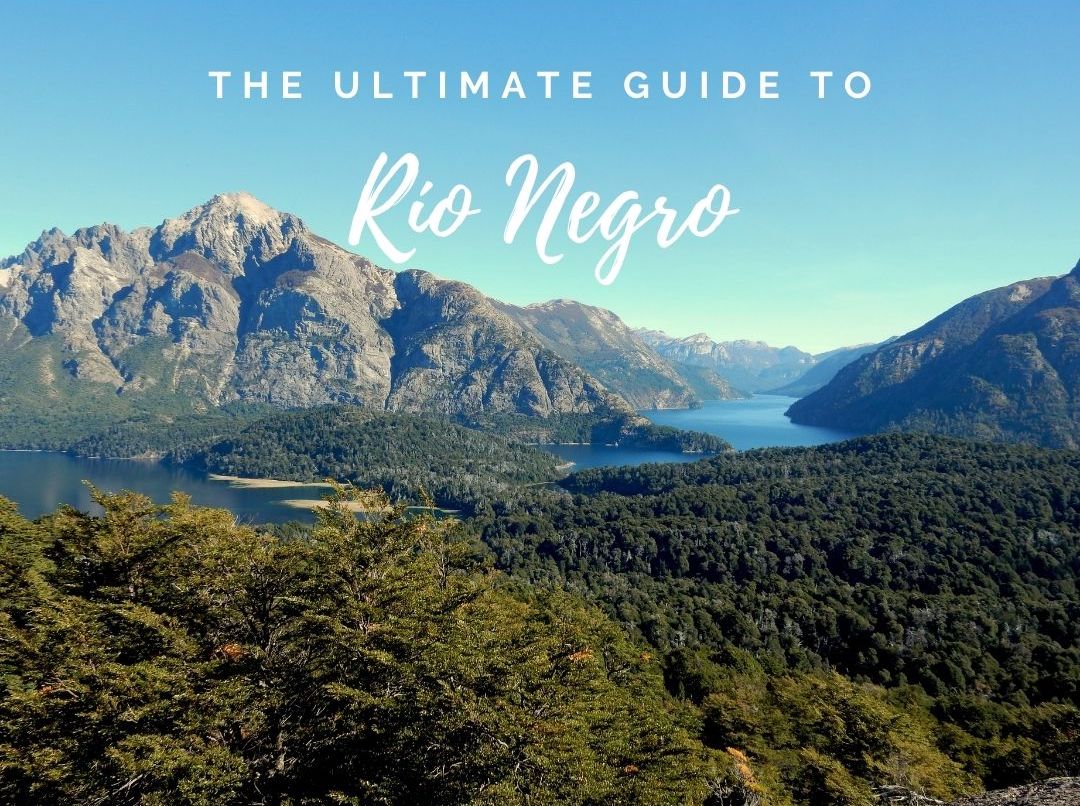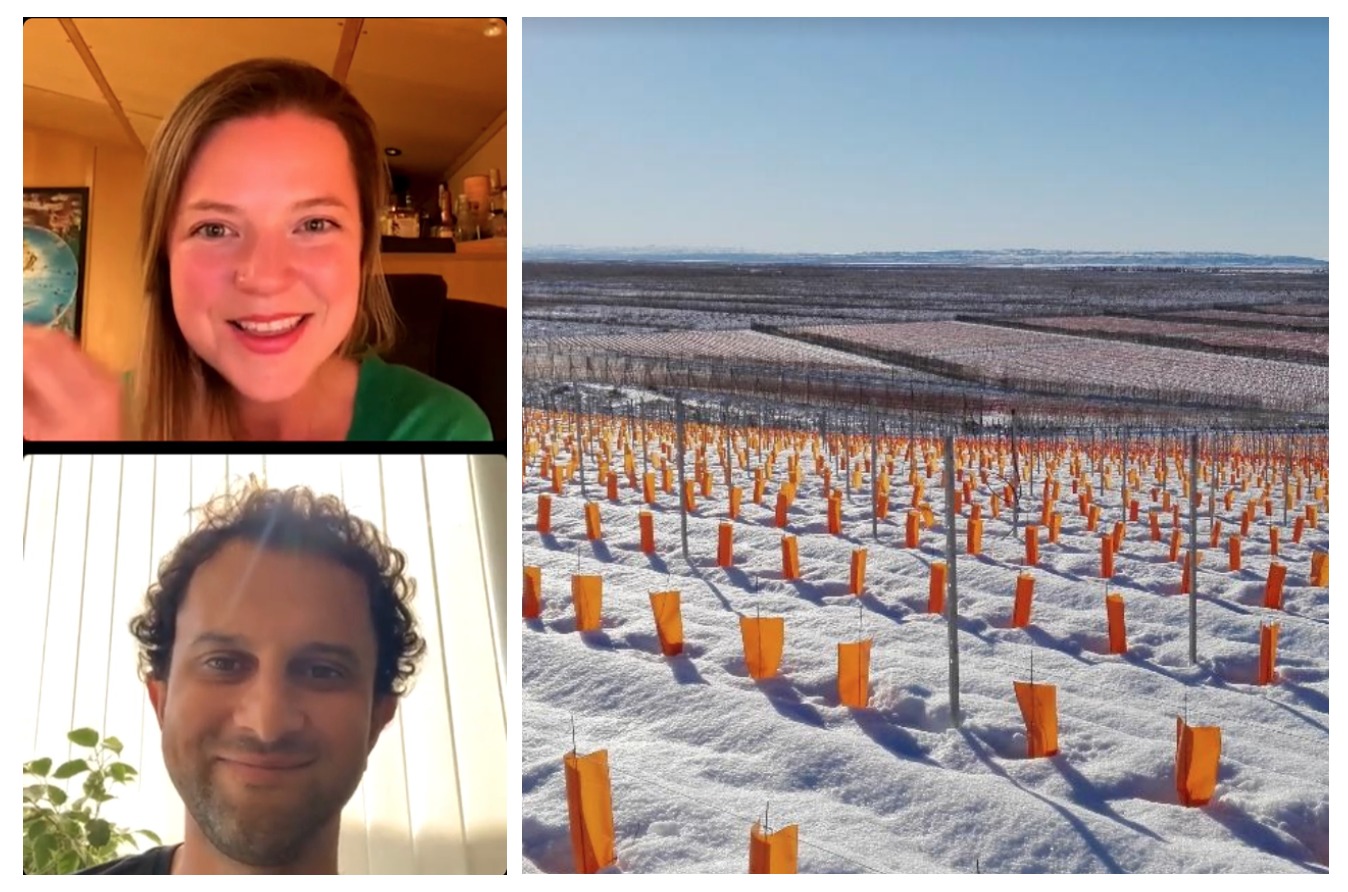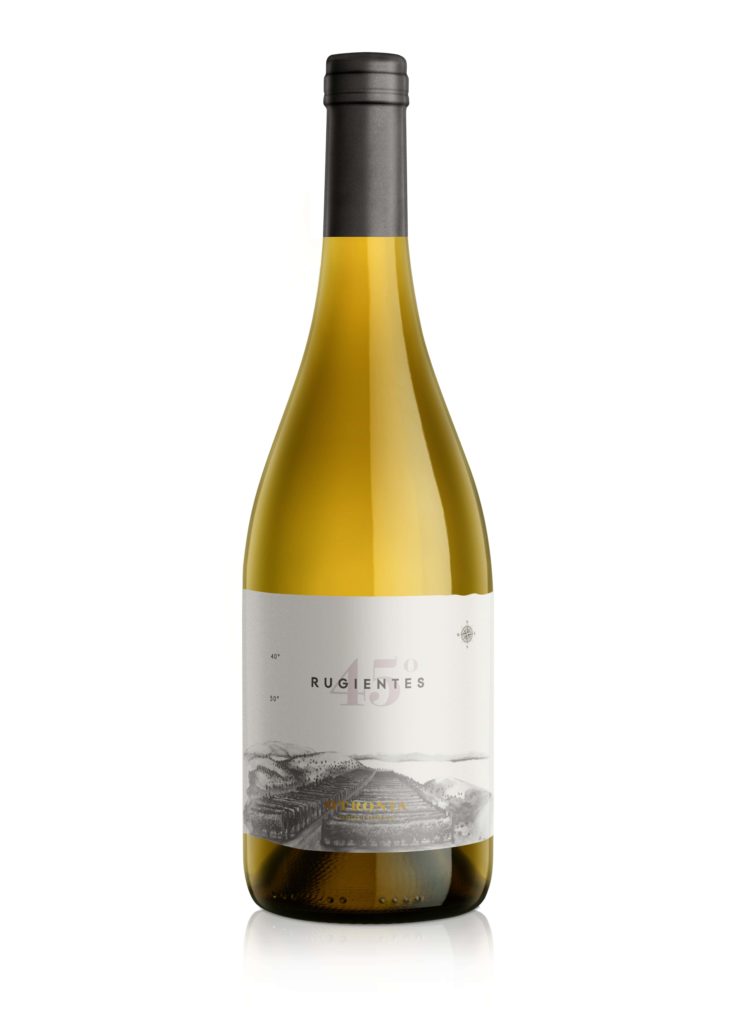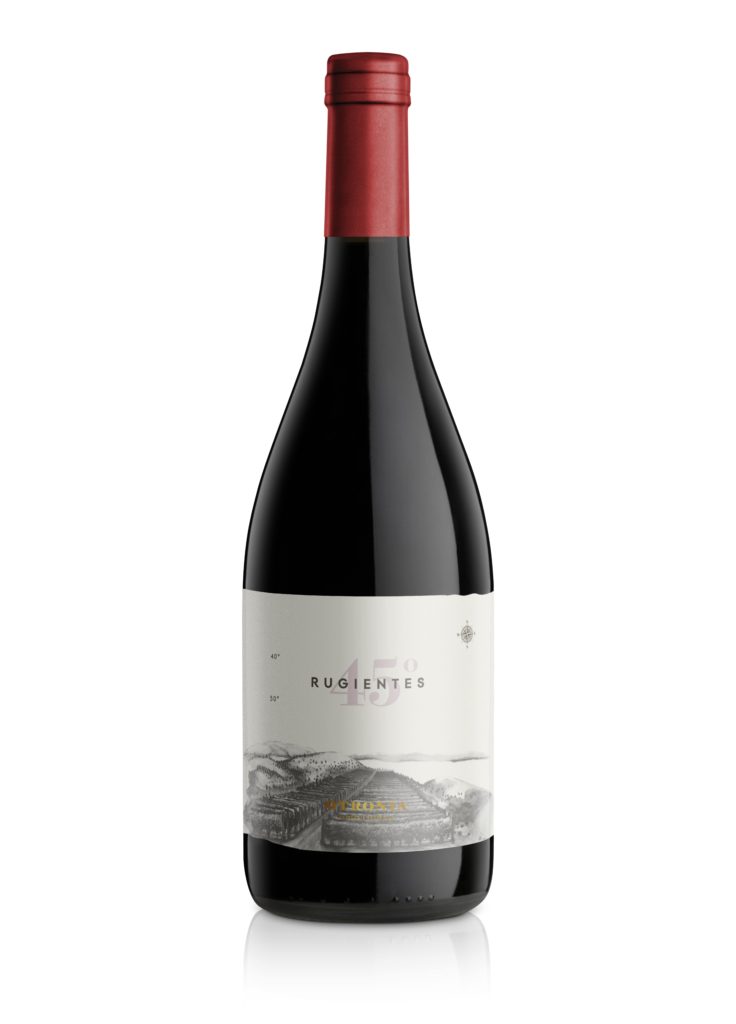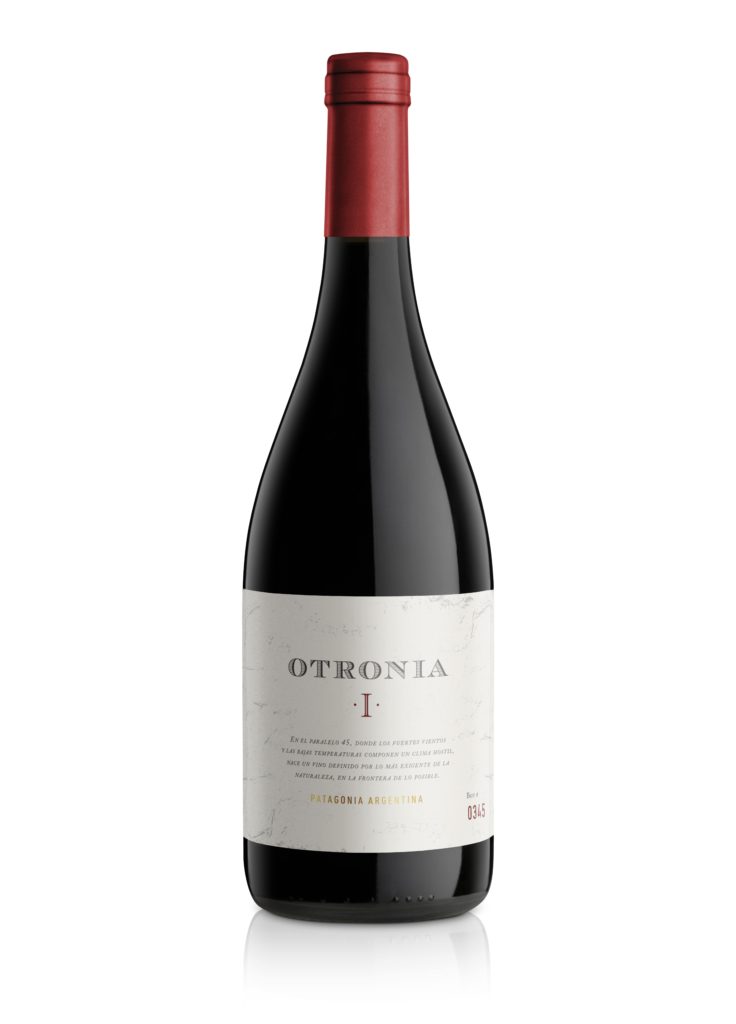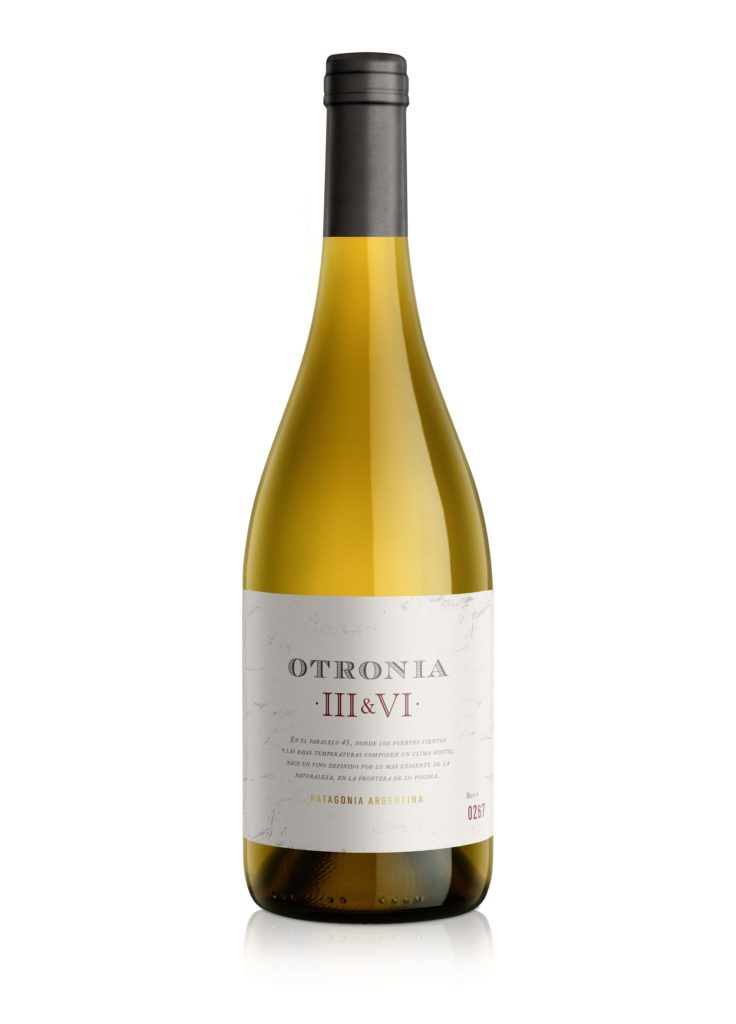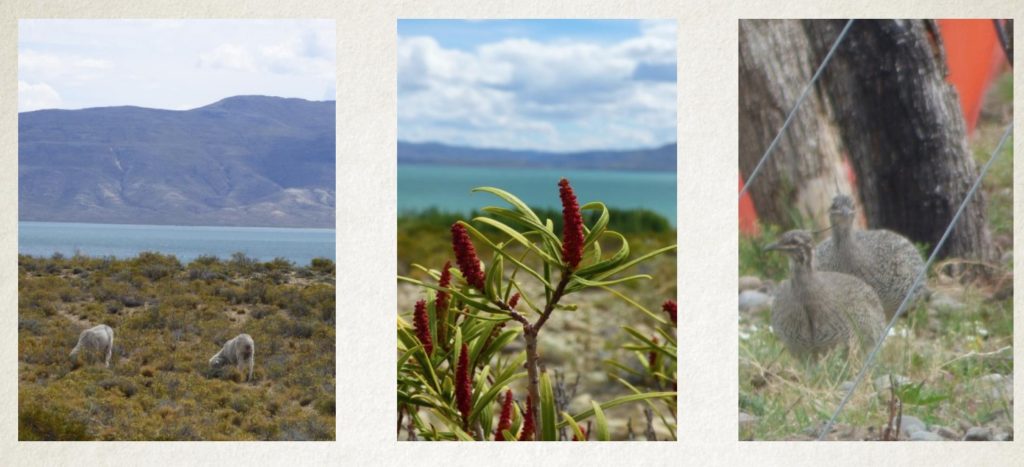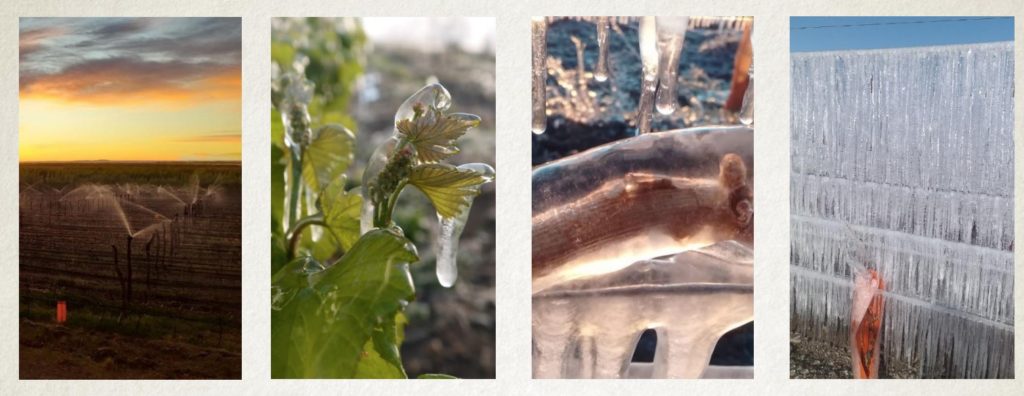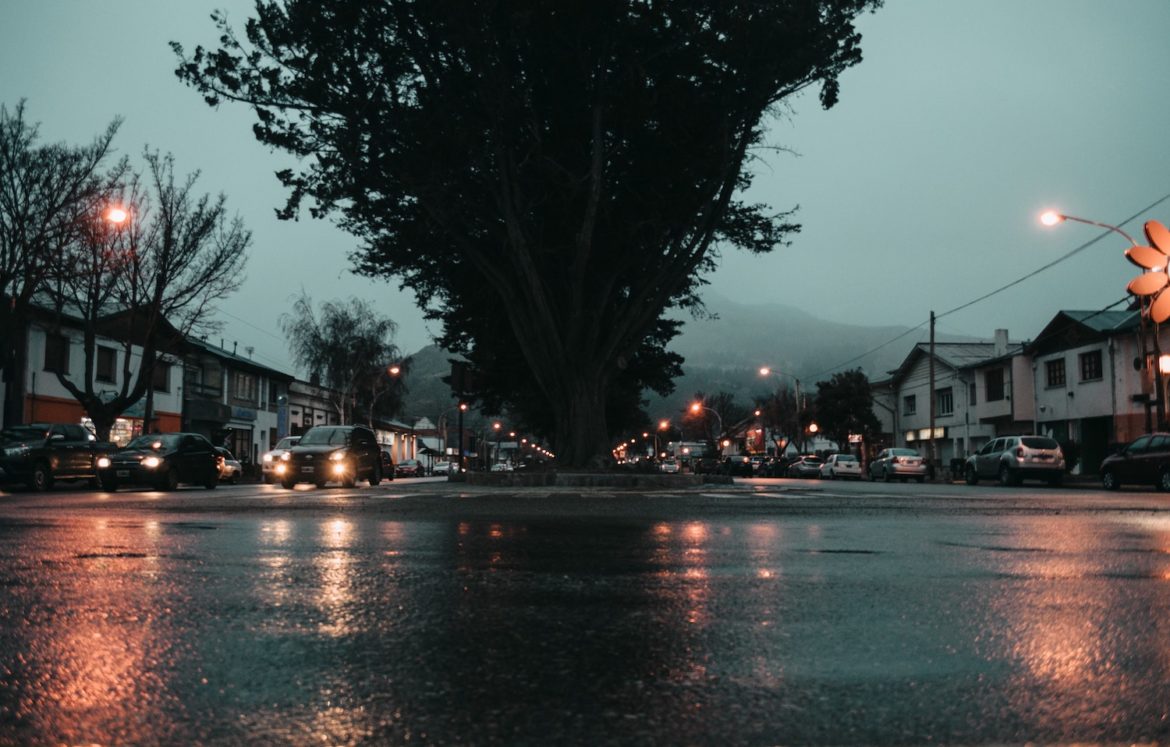Check out our ultimate Argentina wine guide and get to know everything about the terroir and the wine regions of Argentina.
Guide to wine regions of Argentina
Facts on Argentine wine
Northern Argentina wine regions: Salta, Catamarca & Jujuy
Cuyo wine regions: Mendoza, San Juan, San Rafael, La Rioja
Patagonia wine regions: Neuquen, Rio Negro & Chubut
Central & Atlantic Argentina wine regions
Map of Argentina’s wine regions
Most of Argentina’s wine regions are located along the western edge of the country, in the foothills of the Andes mountains that form a natural frontier with Chile. The foothills offer the ideal natural landscape for vineyards to be able to thrive in the desert, as they slope gently downwards and are irrigated by the rivers carrying snowmelt from the Andes down to the arid plains below.
From Río Negro in the south to Salta and Jujuy in the far north, most of Argentina’s wine regions share this dry, warm and sunny mountain climate and gradually sloping alluvial soils. However in recent years we’ve seen a steady growth and diversification of Argentina’s wine regions, expanding further south into Patagonia as well as eastwards into the Pampa and Buenos Aires.
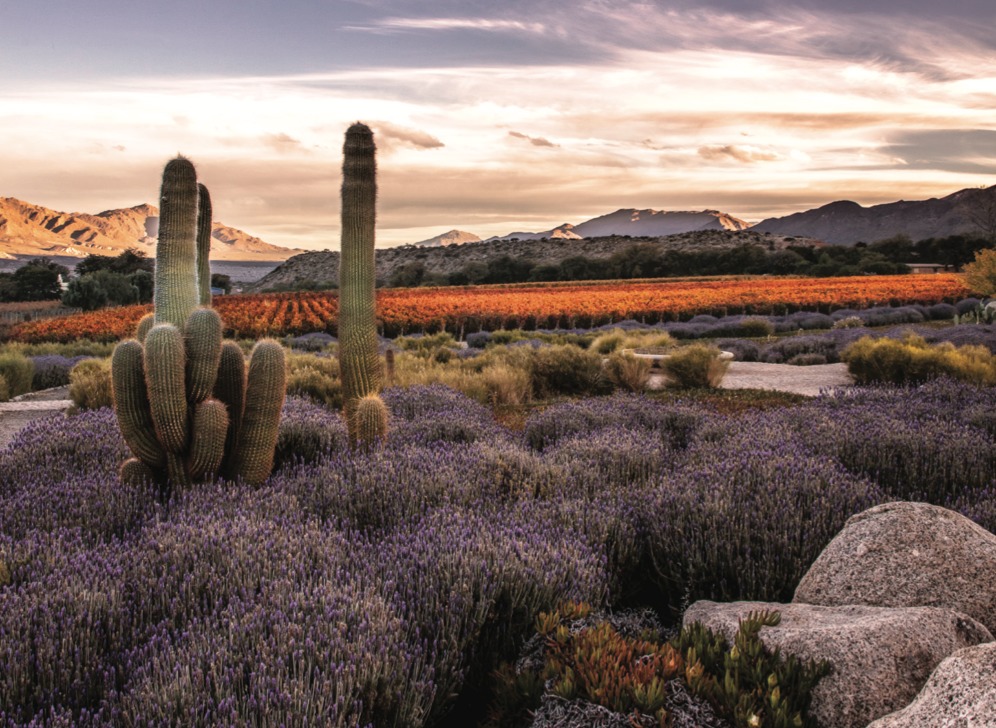
Key Facts on Argentine wine
- Hectares planted: 197,965
- Producers: <900 wineries; 23,699 vineyards
- Production: 1.1 billion litres of wine (2020)
- Wine regions: Jujuy (42 ha); Calchaquí Valleys (4,468 ha); Catamarca Valleys (1,721 ha); La Rioja (6,539 ha); San Juan (31,960 ha); Mendoza (149,002 ha); San Luis (107 ha); Neuquén (1,764 ha); Río Negro (1,526 ha); Chubut (87 ha); La Pampa (279 ha); Córdoba (261 ha); Buenos Aires (148 ha); Entre Rios (49 ha); Misiones (12 ha); Santiago del Estero (1 ha)
- Most-planted varieties: Malbec, Cereza, Bonarda, Cabernet Sauvignon, Criolla Grande, Syrah, Torrontés, Pedro Giménez, Chardonnay, Tempranillo
The wine regions of Argentina
Northern Argentina
Jujuy
At the northernmost tip of Argentina, Jujuy is, in a word, extreme. Bordering southern Bolivia and the edge of Chile’s Atacama region, Jujuy has both jungle and desert salt flats but it is largely dominated by the high plateau of the altiplano which scales up to altitudes of over 5,000 metres.
The wine regions and vineyards of Jujuy are mainly in the narrow 80 km-long mountain valley and canyon of Quebrada de Humahuaca and the warmer valleys in the south known as the Valles Templados. Although there aren’t many vineyards in Jujuy (the region has just 42 hectares to date), Jujuy claims some of the highest-altitude vineyards in the world.
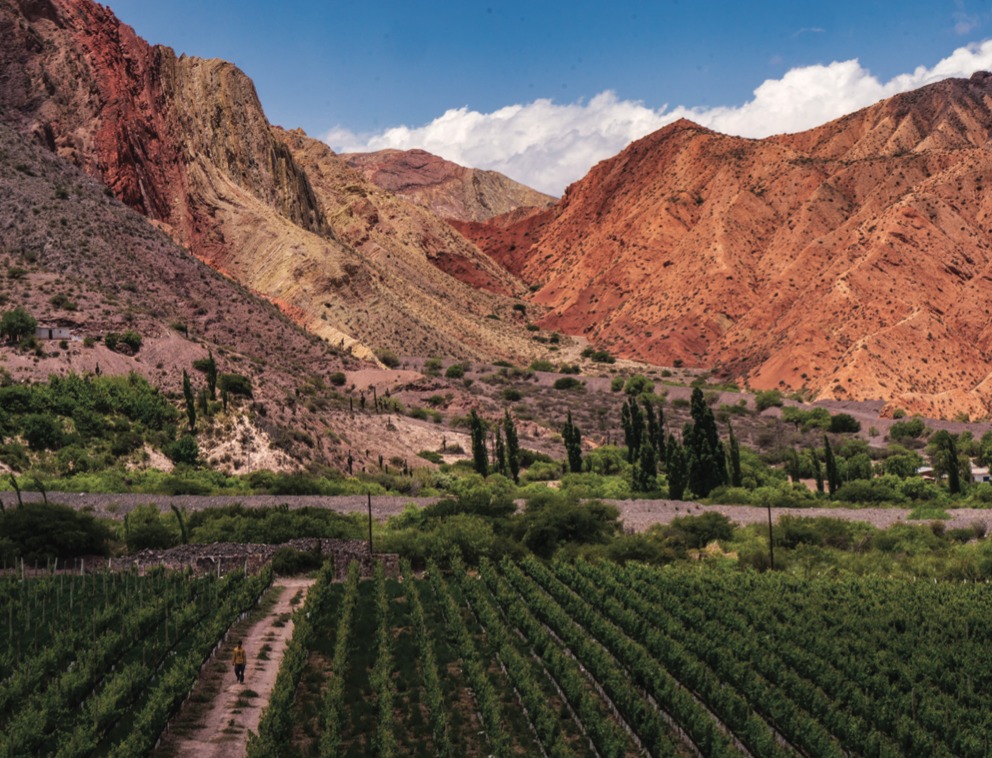
Calchaquí Valleys
The Calchaquí Valleys is one of Argentina’s most extraordinary wine regions and it has, remarkably, been producing wine for hundreds of years, despite the challenges of its high altitude and remote nature.
Old vines can be found throughout this string of mountain valleys which runs north to south, spanning over 270 km and three of Argentina’s provinces: Salta, Tucumán and Catamarca. The Calchaquí Valleys may only represent 2% of the country’s vineyards, but it claims a disproportionate share of Argentina’s wine awards — and with good reason, I say. High-altitude viticulture can be hard work, but it certainly reaps the benefits of distinctive personality and I never fail to be impressed by the incredible value and quality of Calchaquí wines.
Read more in our Guide to the Calchaquí Valleys wine region
Valleys of Catamarca
With over three-quarters of the province covered by mountains, Catamarca’s wine regions are unsurprisingly defined by their mountains and moderated by their altitude. Although Catamarca’s vineyard area is impressive in size, the wines are sadly less so. The province is a major producer of juice – so you won’t find as much wine coming out of Catamarca as you might expect – and also jug wine. Some of the better known wine regions of Catamarca are within the Calchaqui Valleys.

